



04 APRIL 2023
Modern society has released people from the contract with their land, and the human heart is no longer bound to the earth. When people are no longer attached to the land for granted, villages face the dilemma of what shall it use to grow and retain people.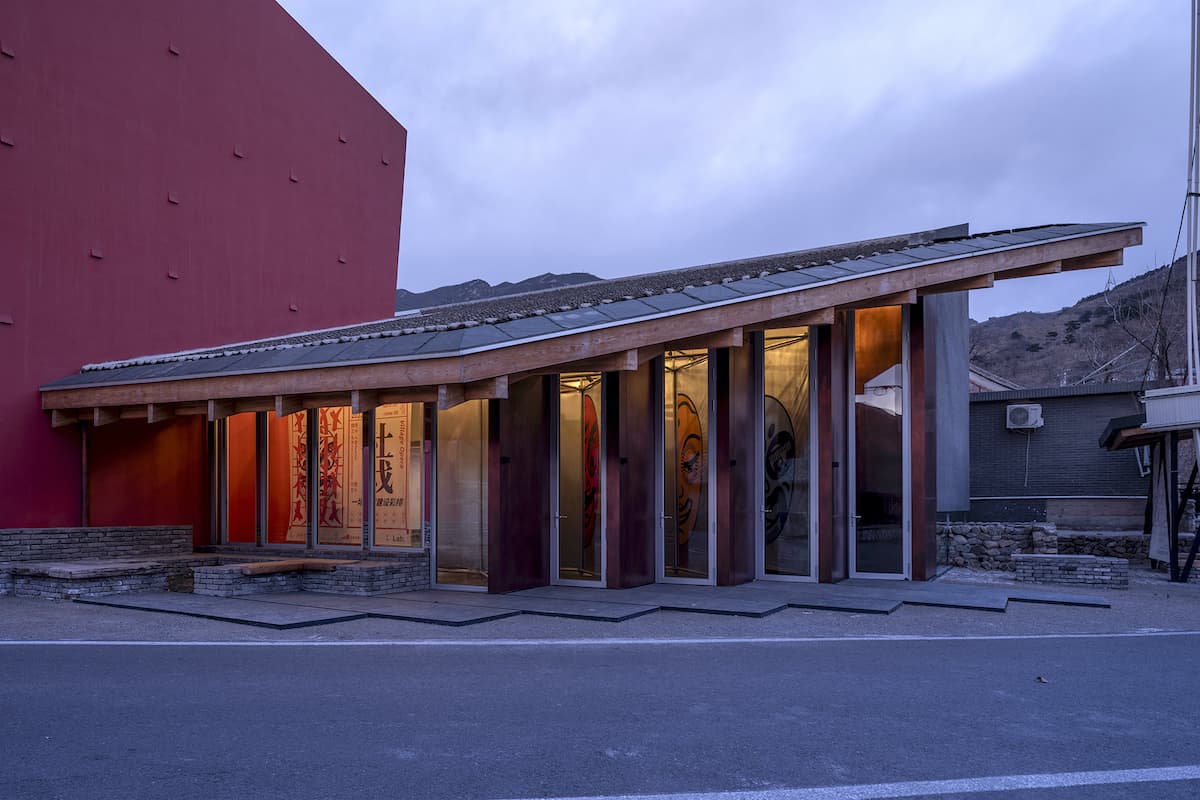
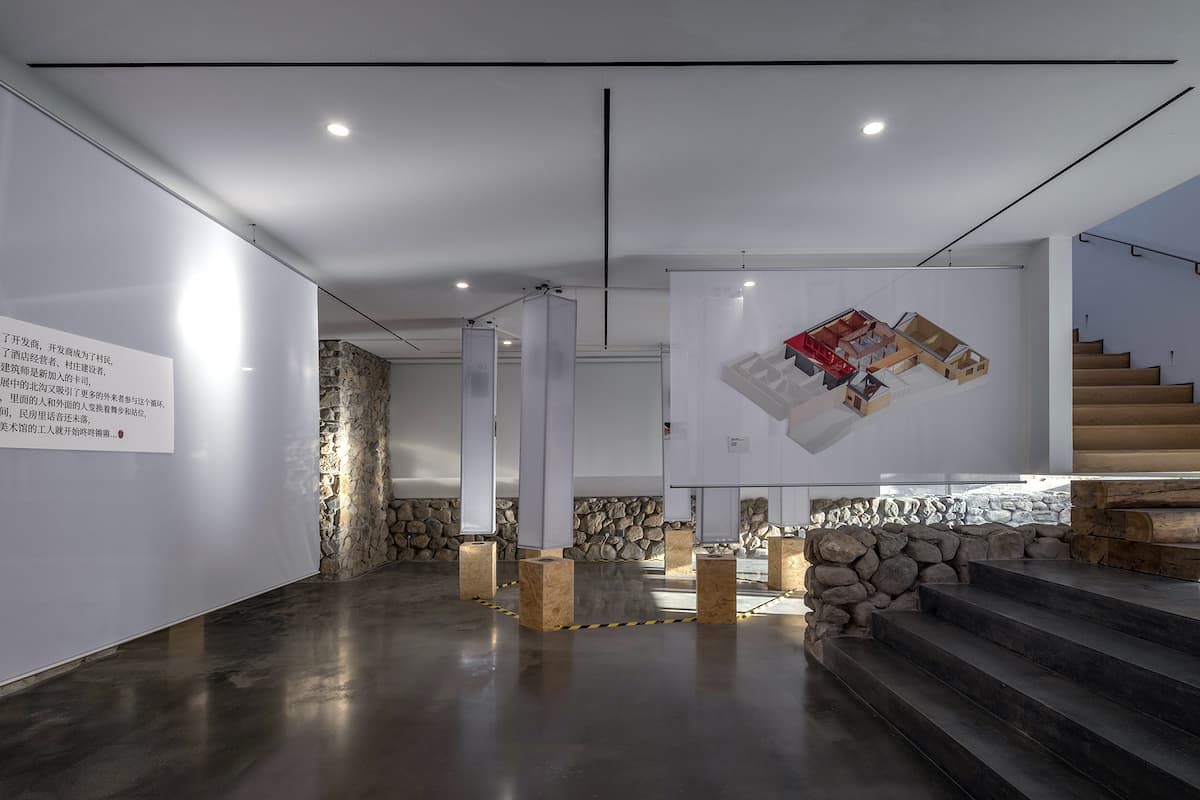
With the rapid development of cities, the countryside has become a selfless supplier of production factors such as land resources and human capital. Those villages that are not rich in arable land, like Beigou Village, can only export young and middle-aged labor to the outside world. This loss of population desertified the land and dilapidated dwellings. What cannot be bypassed in revitalizing the countryside is to reverse this one-way flow of people from the village to the city, allowing people to return from the city to the village, whether it is for short-term consumption or long-term living and working.
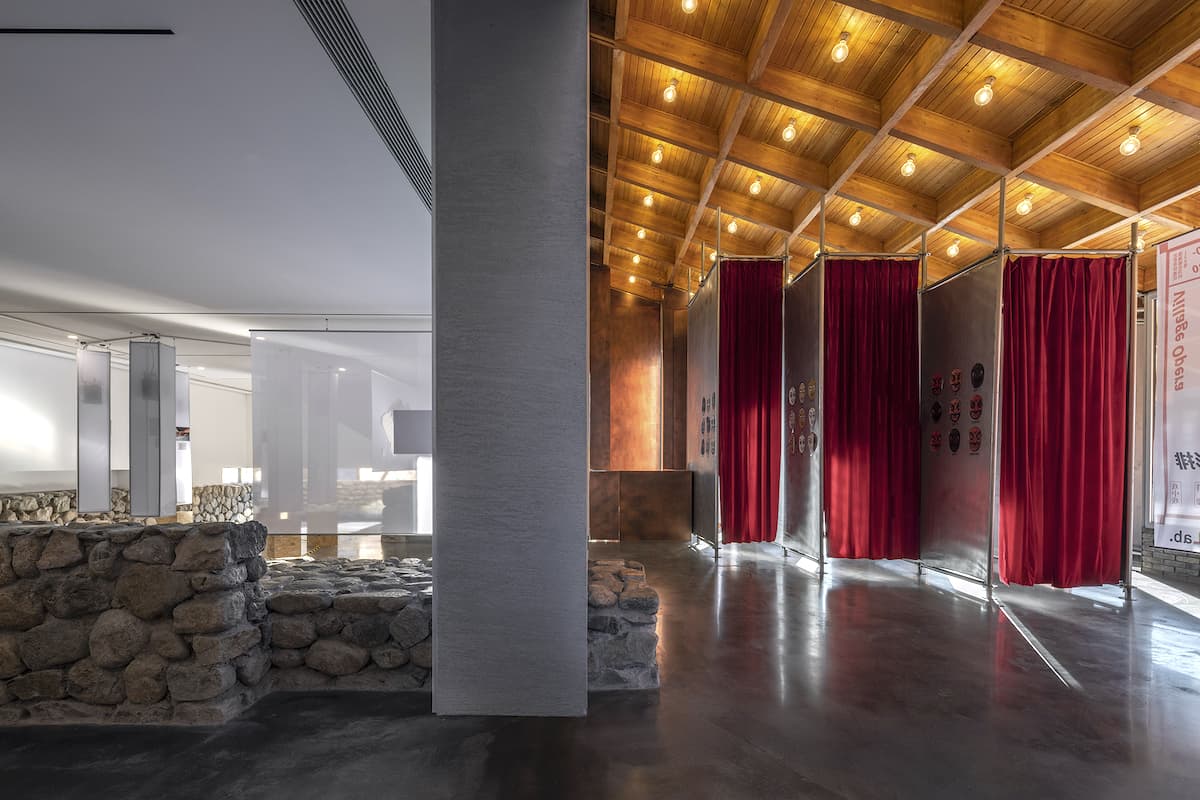

The purpose of Village Opera by llLab is to use the series of architectural practices in Beigou Village as a sample to demonstrate the complex relationship and interaction of characters behind rural construction. By curating an exhibition with multiple tones and melodies, interactions among groups (of different background, interests, responsibilities and rights) are transformed into different scenes of display. Characters come up stage, and the perspectives of the exhibits are constantly changing, inviting villagers and visitors for a role-play.
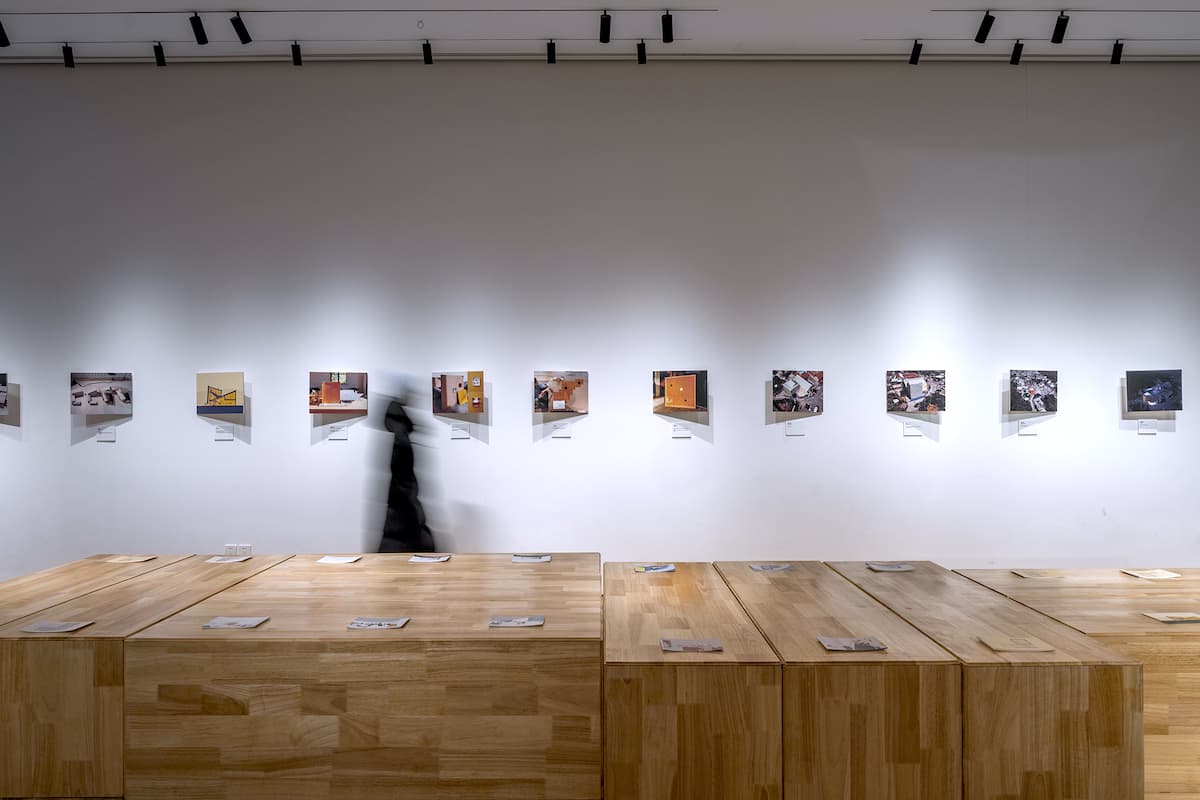

The exhibition is divided into seven main spaces, of which six are the main line of the Play in WAAAM (WA Art. Architecture Museum): Prologue, Ensemble, Negotiation, Soliloquy, Duet and Epilogue, when Encore locates at the plot of "Ambeigoity", where the Experiment of Rural Land-Use has been conducted.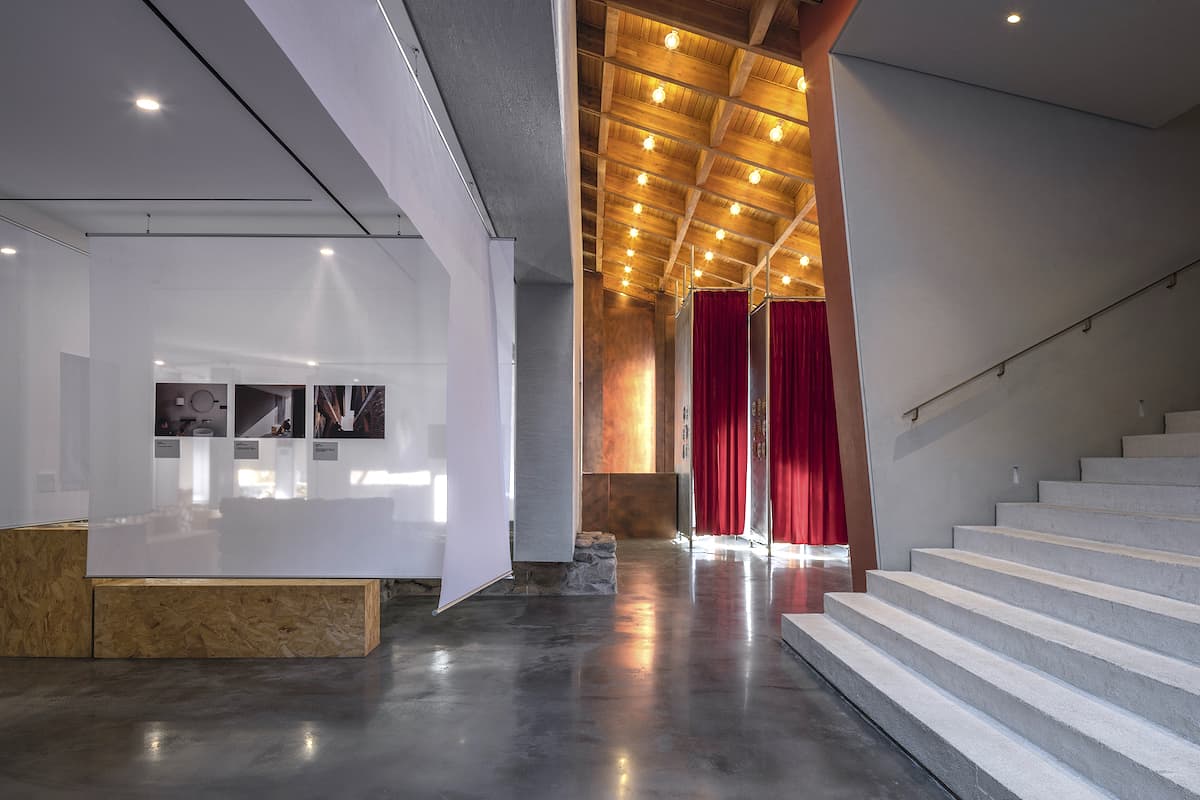
Prologue connects with the central plaza of the village and is the opening living room of the exhibition. Workers, architects, villagers, developers, tourists... Are there insurmountable boundaries between different roles? People observe and imitate each other in Beigou, and finally gather under the eaves of WAAAM.
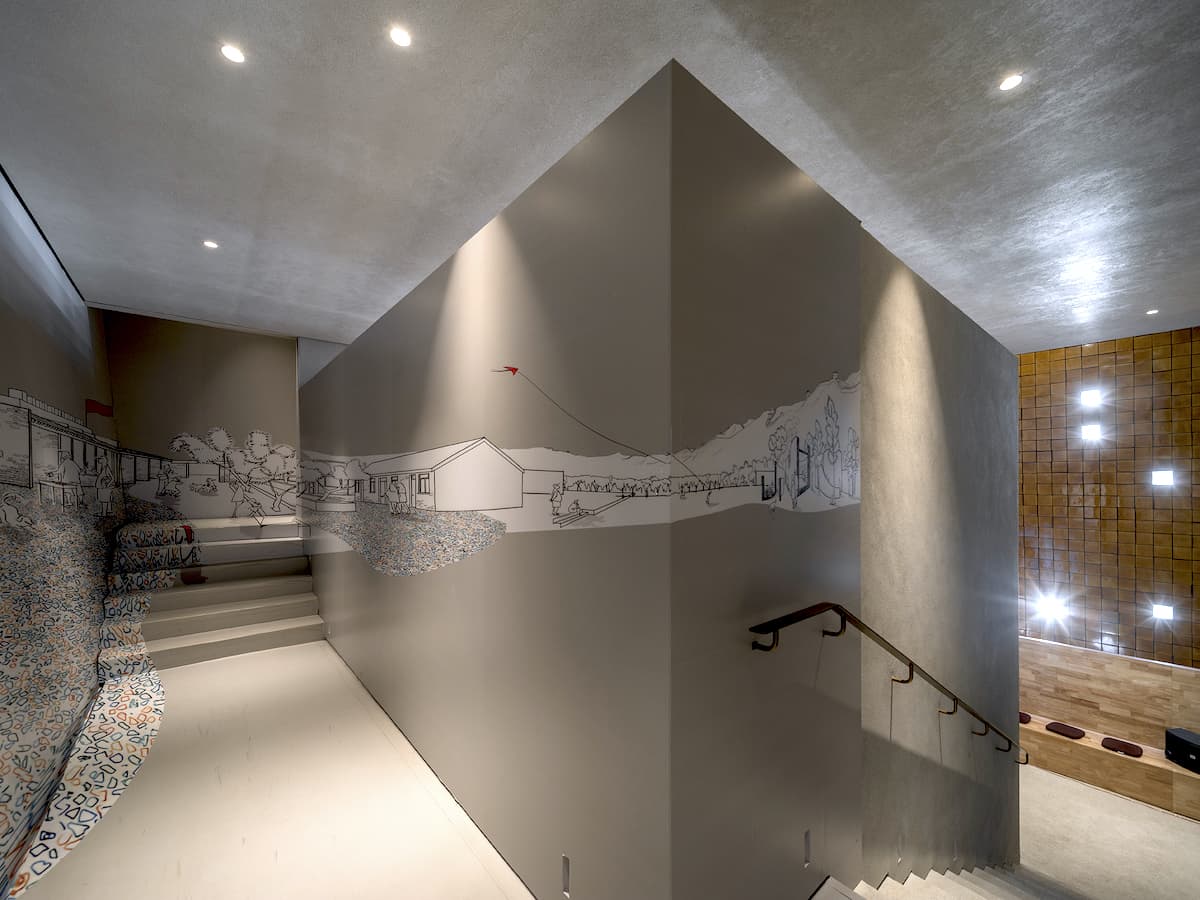
Ensemble, the first Act, is located on the ground floor, within the foundation of the original farmer's house, upon which WAAAM stands. Rough rubble bases are scattered and the exhibition scene emphasizes this sense of the archaeological presence. The content features San Sa Village–Construction Phase, Beigala Nostalgic Station and the Farmers' House Collective. Old houses, new buildings, old villagers, and construction teams are constantly provoking each other's territory in the process of development of the village. The construction team seems to have become an archaeological team, when the discussions about history and memory emerge.
Act II, Negotiation is located on the second floor of the original site. The space is left sharp and sober, on contrary to the multi-media hodgepodge of Ensemble, to display WAAAM as a rural development and an architectural project. The alternation of different roles in the construction process of WAAAM expresses the definition and intervention of different standpoints on building a museum in a village and on the building itself.
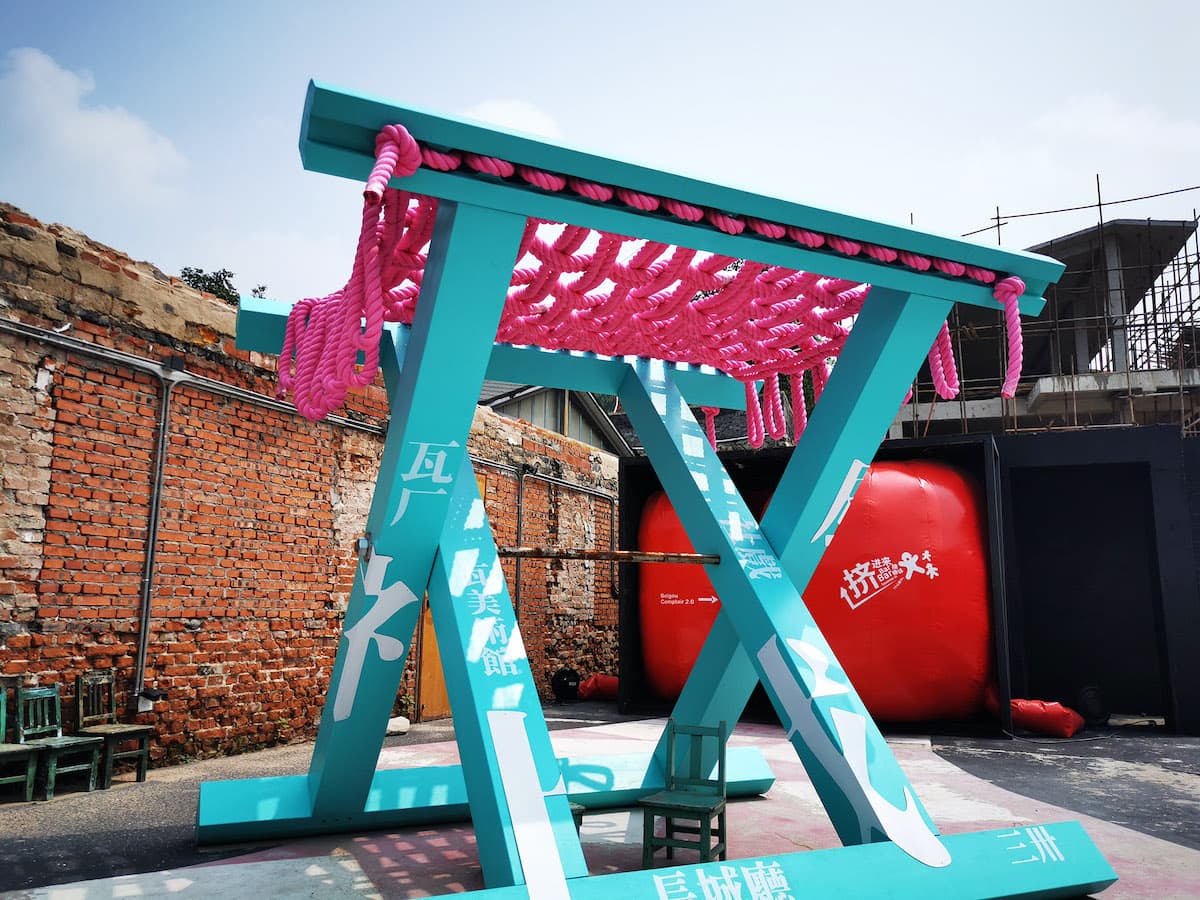
Photo: Jin Weiqi, llLab

